Aceclofenac Tablet
- 1. Introduction to Aceclofenac Tablets
- 2. How Aceclofenac Works: The Mechanism of Action
- 3. Uses of Aceclofenac Tablets: An In-depth Look
- 4. A Comprehensive Guide to the Dosage and Administration of Aceclofenac
- 5. Understanding the Composition of Aceclofenac Tablets
- 6. Storage and Handling Precautions for Aceclofenac Tablets
- 7. Potential Interactions with Aceclofenac: What to Watch Out For
- 8. Important Warnings and Contraindications for Aceclofenac Use
- 9. Careful Administration of Aceclofenac Tablets
- 10. Special Considerations for Aceclofenac Use in Different Populations
- 11. Recognizing and Managing Aceclofenac Overdosage
- 12. Side Effects of Aceclofenac Tablets: What to Expect
- 13. Important Precautions When Using Aceclofenac
- 14. Conclusion: Making Aceclofenac a Part of Effective Pain Management
1. Introduction to Aceclofenac Tablets
A. Understanding the Role of Aceclofenac in Pain Management
Aceclofenac, a non-steroidal anti-inflammatory drug (NSAID), is vital in effectively managing pain primarily from inflammatory conditions. By blocking the production of prostaglandins, compounds associated with pain and inflammation, Aceclofenac is an essential tool in the pain management strategies employed by many healthcare professionals3.
B. The Development and History of Aceclofenac
Derived from Diclofenac, Aceclofenac was initially introduced in the 1990s as a promising solution for managing pain. Since its introduction, it has demonstrated effectiveness and tolerance, making it a widely utilized and well-liked choice in medical practice.
2. How Aceclofenac Works: The Mechanism of Action
A. Breaking Down the Pharmacology of Aceclofenac
Aceclofenac functions pharmacologically by hindering the activity of cyclooxygenase (COX) enzymes, COX 1 and COX 2. These enzymes play a role in producing prostaglandins responsible for causing pain and inflammation. By decreasing the production of these substances, Aceclofenac helps alleviate pain sensations and lessen inflammation1.
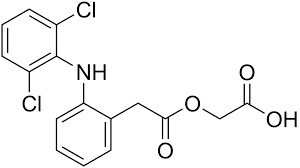
B. Understanding the Anti-inflammatory Effects of Aceclofenac
Aceclofenac has an impact as it also encourages the release of glycosaminoglycans, essential elements of the cartilage matrix. This action supports the body's natural healing processes, reducing inflammation and providing pain relief for musculoskeletal conditions.
3. Uses of Aceclofenac Tablets: An In-depth Look
A. Aceclofenac in Arthritis and Musculoskeletal Disorders
Known for its healing properties, Aceclofenac is commonly prescribed to treat musculoskeletal conditions. Its effectiveness in reducing symptoms of osteoarthritis, rheumatoid arthritis, and ankylosing spondylitis is widely acknowledged. This medication offers patients pain relief and enhances their overall well-being.
B. Other Approved Uses for Aceclofenac
Aceclofenac not effectively manages arthritic conditions but also provides relief for other types of pain, such as:
- Dental
- Postoperative
- Gynecological
- Acute pain
Its ability to modulate pain and reduce inflammation makes it a suitable option.
C. Off-label Uses of Aceclofenac Tablets
Although not widely acknowledged, Aceclofenac has been used off-label to address issues such as migraines and the symptomatic treatment of arthritis. However, additional, comprehensive clinical trials are necessary to support these applications. Patients are advised to consult their healthcare providers regarding the advantages and risks of such use.
4. A Comprehensive Guide to the Dosage and Administration of Aceclofenac
A. Standard Dosage Recommendations
Healthcare professionals typically prescribe a dosage of 100mg of Aceclofenac to be taken orally twice a day. Its commonly advised to take the tablets with meals or after eating to reduce the chances of experiencing any discomfort.
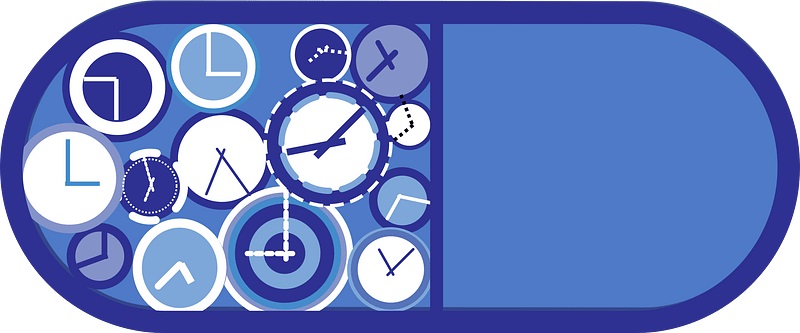
B. Instructions for Safe and Effective Administration
Like any medication, adhering to the recommended dosage and treatment plan for Aceclofenac is crucial. Please do not surpass the suggested dosage. Stop using it without consulting a healthcare professional. It is important to swallow the tablet without crushing, breaking, or chewing it to maintain its effectiveness and reduce any side effects.
C. Adjustments for Specific Patient Populations and Conditions
While Aceclofenac is generally well tolerated, there might be situations where it becomes necessary to adjust the dosage. For example, if someone has kidney or liver issues, it may be appropriate to start with a dose. Additionally, older patients may need frequent monitoring and possible adjustments in amounts due to changes in metabolism that come with age. It's always advisable to consult a healthcare professional for the dosing strategy.
5. Understanding the Composition of Aceclofenac Tablets
A. Main Active Ingredient: Aceclofenac
The tablets contain Aceclofenac as the component, which is responsible, for its anti-inflammatory and pain-relieving properties. Generally, each tablet consists of 100mg of Aceclofenac.
B. Inactive Ingredients and Their Roles in Efficacy and Tolerance
Apart from Aceclofenac, these tablets also consist of a variety of ingredients known as excipients2. These substances can include
- Microcrystalline cellulose
- Croscarmellose sodium
- Magnesium stearate
Although these compounds don't directly impact the drug's effects, they play essential roles in shaping the tablets maintaining their stability, and aiding absorption into the body.
6. Storage and Handling Precautions for Aceclofenac Tablets
A. Ideal Storage Conditions for Optimal Shelf Life
Aceclofenac tablets should be stored at a temperature away from heat sources, direct sunlight, and excessive moisture. It is essential to keep the medication out of children's reach and sight to prevent ingestion.
B. Guidelines for Safe Handling and Disposal
Make sure to handle Aceclofenac tablets with dry hands. Disposing of expired medication correctly is essential, and avoiding flushing it down the toilet or pouring it into a drain unless specifically instructed. Consult a pharmacist or your local waste disposal company if you need detailed information.
7. Potential Interactions with Aceclofenac: What to Watch Out For
A. Recognizing Drug Interactions
Aceclofenac, similar to other medications, has the potential to interact with various substances, which can result in changes in effectiveness or an increased likelihood of adverse reactions. For example, if Aceclofenac is used at the time, as other NSAIDs or corticosteroids, it may raise gastrointestinal issues. Furthermore, it could also interact with antihypertensives or diuretics. Possibly reduce their intended therapeutic benefits.
B. Interactions with Medical Conditions and Lifestyle Factors
It is essential to exercise caution when using Aceclofenac in individuals who have medical conditions such as
- Gastrointestinal disorders
- Renal or epatic impairment
- Coagulation disorders
Additionally, lifestyle factors, like alcohol consumption or smoking, may worsen side effects or impact the effectiveness of the medication.
8. Important Warnings and Contraindications for Aceclofenac Use
A. Understanding Situations to Avoid Aceclofenac Use
There are circumstances in which it is best to avoid using Aceclofenac. These include having a known hypersensitivity to Aceclofenac or other NSAIDs, having a peptic ulcer disease, and experiencing severe heart failure. It is also not recommended for individuals with asthma, urticaria, or allergic-type reactions after taking aspirin or other NSAIDs3.
B. Addressing the Risks and Potential Adverse Reactions
Experienced side effects of Aceclofenac often involve
- Gastrointestinal discomfort
- Feelings of nausea
- Occasional dizziness
There are also instances where more severe side effects, such as - Gastrointestinal bleeding
- Hypertension
- Impairment to the kidneys may manifest
Should any unusual symptoms or side effects arise, it is crucial to seek medical assistance.
9. Careful Administration of Aceclofenac Tablets
A. Steps to Ensure Safe Administration
Aceclofenac tablets should be taken with a glass of water, ideally during meals. To ensure levels in the bloodstream, it is recommended to take the doses at the exact times every day. If an amount is forgotten, it should be taken soon as remembered unless it is close to the next scheduled dose, in which case the missed dose should be skipped.
B. How to Respond to Adverse Reactions
If you experience any side effects, it is essential to seek immediate medical assistance. Signs of an allergic reaction may include
- Trouble breathing
- Swelling of the face, lips, tongue, or throat
- Intense dizziness
It is crucial to stop taking the medication and promptly contact a healthcare professional if you encounter reactions.
10. Special Considerations for Aceclofenac Use in Different Populations
A. Administering Aceclofenac to the Elderly
Elderly individuals might have a likelihood of experiencing side effects from Aceclofenac, especially when it comes to gastrointestinal bleeding and renal problems. It is advisable to exercise caution when determining the dosage for this patient group and closely monitor their renal function1.
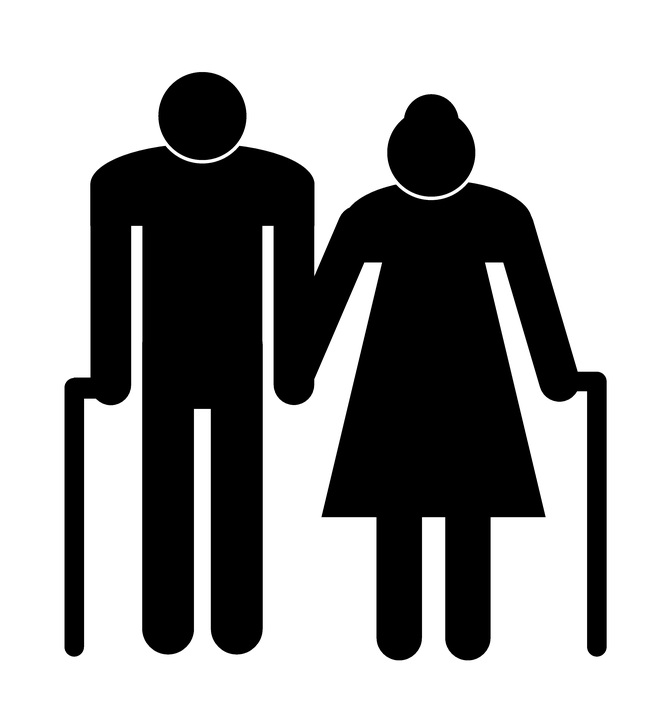
B. Guidelines for Aceclofenac Use in Pregnant Women and Nursing Mothers
It is advisable to avoid the use of Aceclofenac in women unless necessary. Furthermore, during the trimester, it should not be used at all due to potential risks to the developing fetus. Similarly, breastfeeding women should refrain from taking this medication as we're uncertain if Aceclofenac is excreted in breast milk.
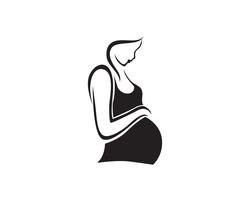
C. Considerations for Aceclofenac Use in Children
Although Aceclofenac may be prescribed for conditions in children, it is generally not the initial treatment of choice due to limited safety and effectiveness information concerning this age group. Parents or caregivers should discuss all possible risks and benefits with a healthcare professional before administering Aceclofenac to a child.

11. Recognizing and Managing Aceclofenac Overdosage
A. Identifying Symptoms of Overdosage
In situations where there is an intake of Aceclofenac, individuals may encounter signs like intense head pain feeling, nauseous experiencing, dizziness feeling, disoriented, and in severe instances, losing awareness. It is crucial to recognize these indications to take immediate action.
B. Essential Steps and Treatments in Cases of Overdose
If someone suspects an overdose, they must seek help from the emergency department immediately. Typically treatment involves providing care to the patient, which includes ensuring that their airway remains clear, monitoring their vital signs, and addressing any symptoms they may be experiencing. In some situations, a medical procedure called gastric lavage might be considered to eliminate the drug from the stomach.
12. Side Effects of Aceclofenac Tablets: What to Expect
A. Common Side Effects and Their Management
Typical adverse effects of Aceclofenac include issues like indigestion, stomach ache, and nausea. These symptoms can usually be alleviated by consuming the medication and food or using a substance, like a proton pump inhibitor. Other observed side effects may comprise feelings of dizziness, skin rash, or higher levels of liver enzymes.
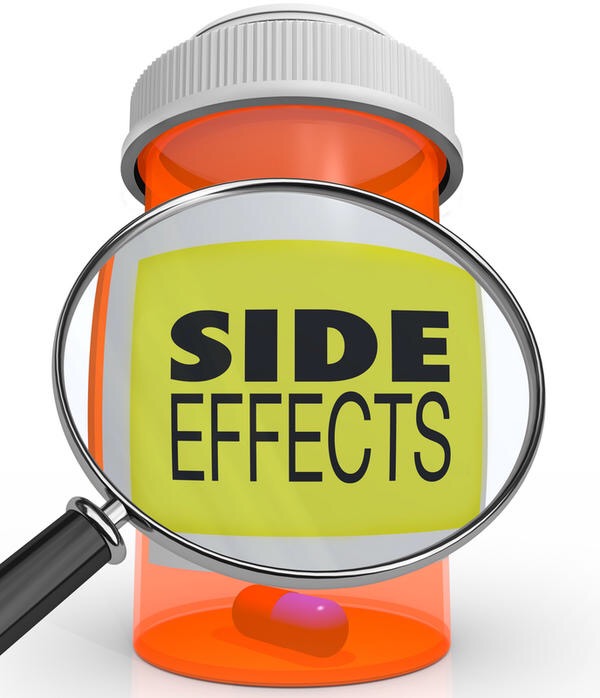
B. Less Common but Serious Side Effects
Serious side effects that are not as common but still important to be aware of include bleeding, high blood pressure, and kidney problems. Patients should remain watchful for signs of these complications, like dark stools, chest discomfort, difficulty breathing, or decreased urine output. If any of these symptoms occur, it is crucial to seek medical assistance.
13. Important Precautions When Using Aceclofenac
A. Necessity of Regular Monitoring and Follow-ups
Patients prescribed Aceclofenac should schedule follow-up appointments to check for any potential side effects and evaluate how well the treatment works. These appointments will involve monitoring blood pressure, kidney function, and liver enzymes.
B. The Importance of Adherence to Prescribed Regimens
Following the recommended treatment plan is essential to effectively manage pain and reduce the chances of experiencing side effects. This entails taking the medication as directed, adhering to the dosage, and avoiding activities that could lead to injury, such as lifting heavy objects or consuming excessive amounts of alcohol.
14. Conclusion: Making Aceclofenac a Part of Effective Pain Management
A. Summary of Key Points about Aceclofenac Use
Aceclofenac is a nonsteroidal anti-inflammatory drug (NSAID) commonly used to treat painful conditions. Its primary mode of action involves blocking the activity of cyclooxygenase (COX) enzymes. Although it is generally well tolerated, side effects are primarily related to the gastrointestinal system. Regular monitoring and educating patients can significantly improve their safety records.
B. Encouraging Patient Awareness and Involvement in Care
It is crucial to recognize the importance of patient awareness and engagement in their healthcare management. It is essential to provide patients with information regarding the side effects, contraindications, and potential drug interactions related to using Aceclofenac. Moreover, it is necessary to motivate patients to promptly report any events they may experience and strictly adhere to the prescribed treatment plan.
























